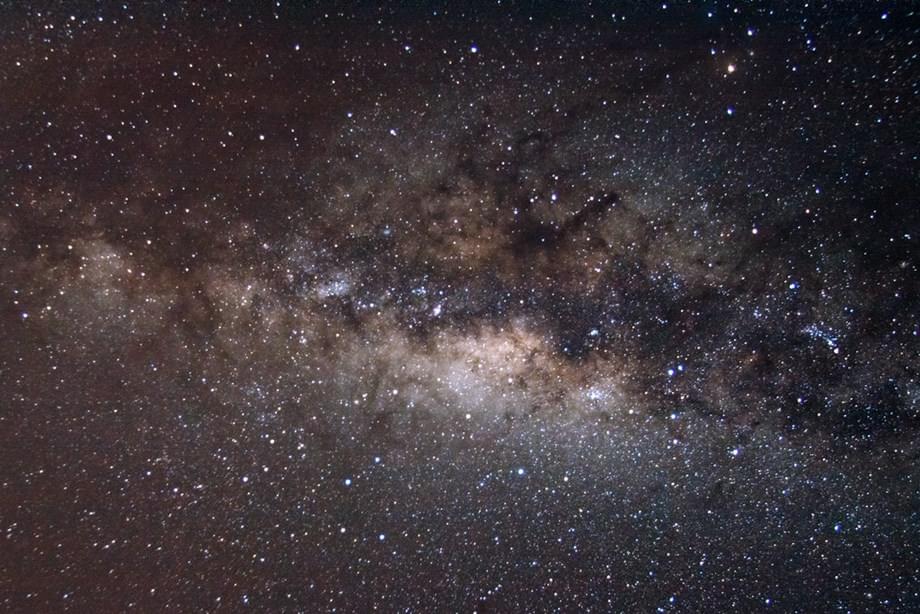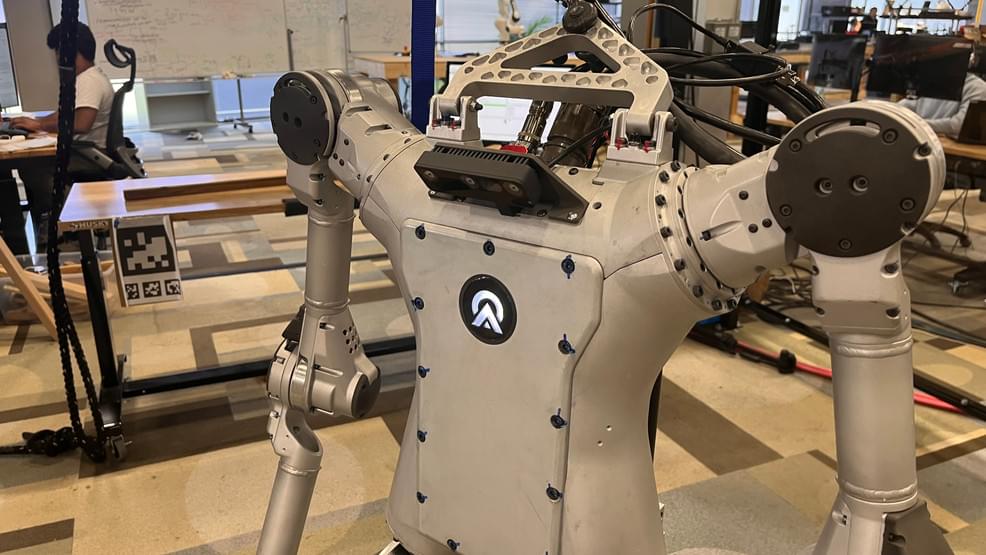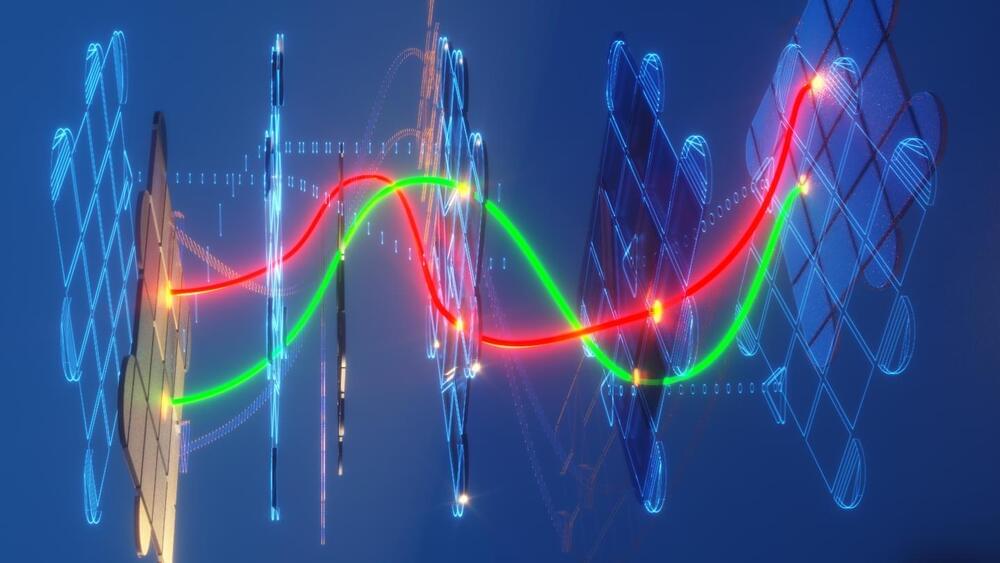Read more about Third of Milky Way’s most common planets could harbour life: Study on Devdiscourse.
As apocalyptic warnings go, today is right up there. Some of the world’s most influential tech geniuses and entrepreneurs say AI risks the extinction of humanity.
Having lobbed the ball firmly in the court of global leaders and lawmakers the question is: will they have any idea what to do about it?
The future of humanoid robots is being developed right here in Austin at a company called Apptronik. You may remember “Rosie the Robot” from “The Jetsons” cartoo.
WASHINGTON, May 30 (Reuters) — Former U.S. State Department and nuclear regulatory officials on Tuesday urged the U.S. Energy Department to reconsider a plan to use bomb-grade uranium in a nuclear power experiment, saying that its use could encourage such tests in other countries.
The Energy Department and two companies aim to share costs on the Molten Chloride Reactor Experiment (MCRE) at the Idaho National Laboratory and use more than 1,322 pounds (600 kg) of fuel containing 93% enriched uranium.
Bill Gates-backed company TerraPower LLC, the utility Southern Co (SO.N) and the department hope the six-month experiment will lead to breakthroughs in reactors that could help reduce pollution linked to climate change.
Particle-like quantum states called non-abelian anyons remember being swapped and could be useful for protecting information in quantum computers.
Data + AI Summit 2023
Posted in robotics/AI
The premier event for the global data, analytics and AI community returns to San Francisco June 26–29.
Diabetes — specifically type 2 diabetes— is becoming one of the most challenging health problems of the 21st century. By 2,025,380 million people worldwide are also expected to be diagnosed with diabetes.
The Breakthrough Listen Investigation for Periodic Spectral Signals (BLIPSS), led by Akshay Suresh, Cornell doctoral candidate in astronomy, is pioneering a search for periodic signals emanating from the core of our galaxy, the Milky Way. The research aims to detect repetitive patterns, a way to search for extraterrestrial intelligence (SETI) within our cosmic neighborhood.
The researchers developed software based on a Fast Folding Algorithm (FFA), an efficient search method offering enhanced sensitivity to periodic sequences of narrow pulses. Their paper, “A 4–8 GHz Galactic Center Search for Periodic Technosignatures,” was published May 30 in The Astronomical Journal.
Pulsars—rapidly rotating neutron stars that sweep beams of radio energy across the Earth—are natural astrophysical objects that generate periodic signals but humans also use directed periodic transmissions for a variety of applications, including radar. Such signals would be a good way to get someone’s attention across interstellar space, standing out from the background of non-periodic signals, as well as using much less energy than a transmitter that is broadcasting continuously.
An international team of scientists led by Professor Abhijit Chakraborty of the Physical Research Laboratory (PRL) in Ahmedabad identified the densest alien planet, 13 times the size of Jupiter.
This is the third exoplanet identified by PRL scientists. The discovery was detailed in the journal Astronomy & Astrophysics Letters.
Scientists from India, Germany, Switzerland, and the United States utilised the indigenous PRL Advanced Radial-velocity Abu-sky Search spectrograph (PARAS) at Mt. Abu’s Gurushikhar Observatory to precisely determine the planet’s mass. The exoplanet weighs 14 g/cm3.
Chinese display maker BOE has unveiled a truly massive 110-inch 16K TV, putting the hordes of 4K TVs and projectors on the market to shame.
This seismically large prototype packs in a 16K resolution, with four times as many pixels as an 8K screen, and 16 times the pixel count of 4K. It was shown off at SID Display Week 2023 in Los Angeles, to celebrate BOE’s 30-year anniversary with a showcase of cutting-edge resolution far beyond the average television (via Heise.de).









